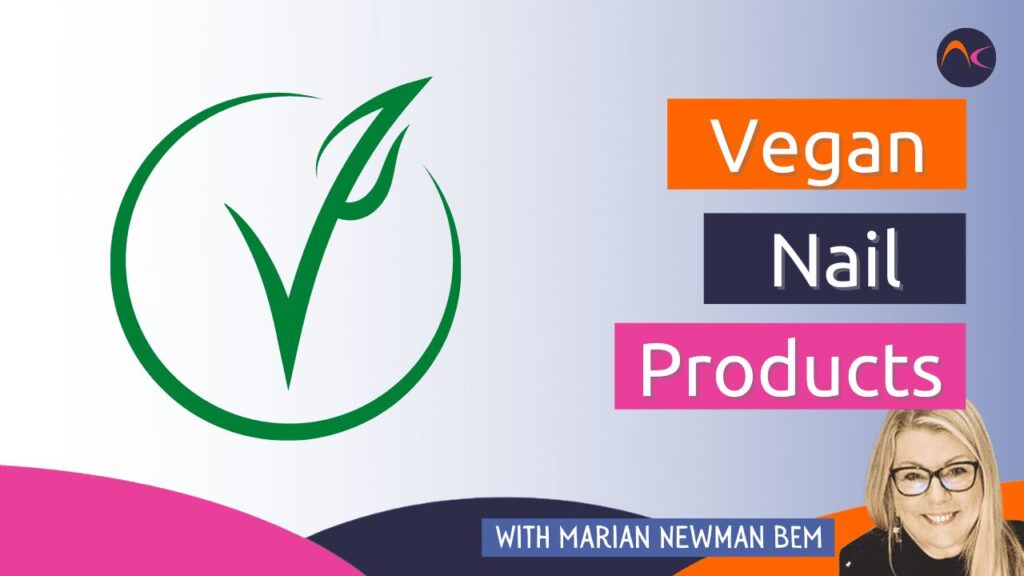What is the Relevance of ‘Vegan’ labeling and marketing in nail products?
This is the definition of ‘Vegan’ from The Vegan Society:
“Veganism is a philosophy and way of living which seeks to exclude—as far as is possible and practicable—all forms of exploitation of, and cruelty to, animals for food, clothing or any other purpose; and by extension, promotes the development and use of animal-free alternatives for the benefit of animals, humans and the environment. In dietary terms, it denotes the practice of dispensing with all products derived wholly or partly from animals.”
Taking a quote from Doug Schoon:
“Very few nail products use any animal by-products. Many nail polishes could claim to be vegan but don’t because they don’t consider it a meaningful claim.
Many years ago, some nail polishes used to contain fish scales, which created a sparkle effect, but that’s not been done for years as superior synthetic sparkle effects are now used.
There are only two other possible sources of an animal by-product that I’m aware of. A few red shades of nail polishes still use carmine as a pigment. It is extracted from insects, which bothers some vegans who consider insects as animals.
Some naturally occurring clays – used to control the thickness of nail polish – are modified with a small amount of tallow from cows to increase effectiveness. However, manufacturers tell me that very few brands of nail polish continue to plant modified clay.
I have an open mind about this issue and respect vegans who look for vegan cosmetics,” he concludes. “However, being a ‘vegan nail polish’ does not make these any safer than other nail polishes. This is a personal lifestyle preference, and not related in any way to safety. The public has been tricked into thinking some types of polish are not safe when all nail polish can be used safely.”
The main points here are threefold:
- Many choose to avoid all products that involve animal by-products as a lifestyle choice (but does that choice include eating animal products or even wearing leather or other animal derived materials?).
- Avoiding any animal cruelty. No finished cosmetic products are tested on animals. The ‘bunny’ logo is a method of supporting the movement which is great but, in effect, meaningless.
- Does ‘vegan’ mean ‘safer’? No, it doesn’t.
This information is just to help to be aware, and not a ‘comment’. For those that like ‘vegan marketing’, just be aware of exactly what it means. Cosmetics are, intrinsically, vegan (unless they are one of the rarities that contain an animal by-product). Nail coatings with animal by-products are very rare! Some lotions and potions may contain beeswax or lanolin, for example. But also be aware that animals haven’t suffered in the collection of these.
Individual opinions are paramount. Just be aware of the facts.


